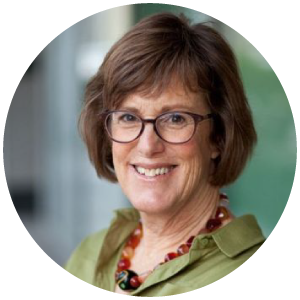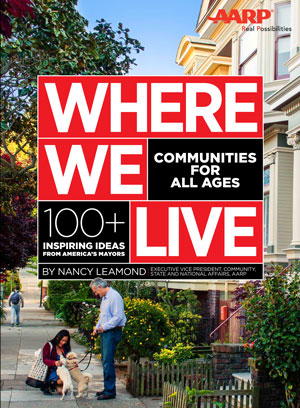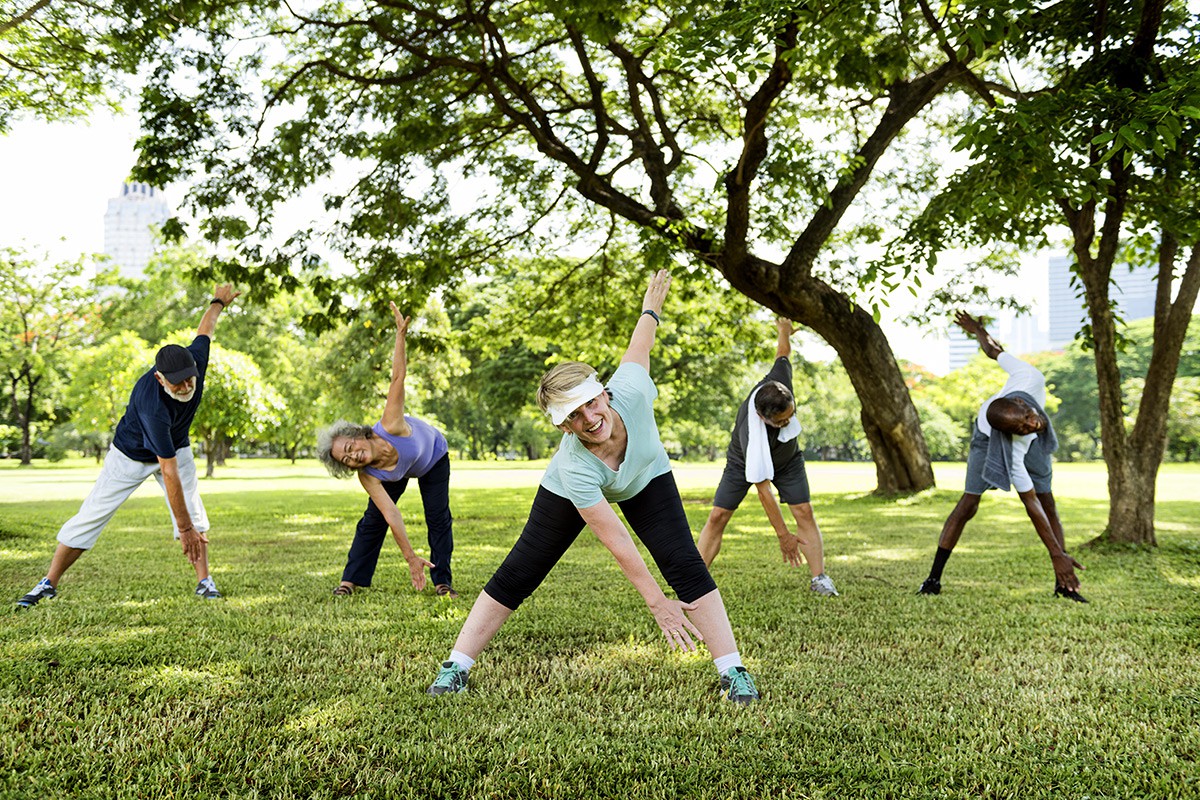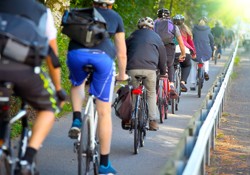This is the second of a three-part series exploring a revolutionary idea: Our communities can and should be designed not for singles or families or any one age group but for people at every stage of life, from infancy through retirement. What follows is a celebration of the way that far-sighted community leaders across the country are reimagining the American way of life.
Healthy, well-fed children go to school ready to learn. A healthy workforce is more productive. Older adults who exercise and eat a well-balanced diet have fewer health problems. And active residents of all ages are more engaged within their communities. All over the country, mayors are stepping up to make fitness fun through weight-loss challenges, community-wide walking, running and biking events, and other creative programs. They aim to help residents eat better, exercise more, and live healthier lives. In short, their goal is to make their communities better places to live.
In Oklahoma City, Mayor Mick Cornett has made his community’s health and wellness a longtime priority. A decade ago, he famously announced that he was putting his city on a diet. Spurred by his own struggle with obesity and stung by Oklahoma City’s inclusion on a list of the nation’s fattest cities, Cornett challenged residents to join him and lose a combined one million pounds.
Cornett’s dynamic presence and creative presentation put a national spotlight on his weight-loss challenge. He announced the challenge standing in front of elephants at the Oklahoma City Zoo. The initiative’s website carried on the colorful imagery, showing the city’s total weight loss as numbers of elephants while, at the same time, providing useful information about nutrition and exercise ideas for kids and adults. Residents who registered on the site were able to track their progress through interactive health journals that calculated calories burned through activities and exercise. By providing useful and fun resources, Cornett was able to create positive change.
The city reached its goal of one million pounds lost, but, to Cornett, that was just the beginning. The weight-loss challenge started a community conversation about obesity and health. Building on a tax-financing structure and capital improvement program initially used to redevelop the downtown district and revitalize the city’s schools, Cornett rallied support for initiatives that utilized creative new opportunities for recreational and other health-related activities: development of a 70-acre downtown park, construction of new sidewalks to foster a more pedestrian lifestyle, creation of a new senior health and wellness centers, and development of a riversport rafting and kayak center on the Oklahoma River.
These new projects are all part of Cornett's broader vision: moving Oklahoma City from “fattest” to “fittest” and, in the process, making the city a more attractive destination for businesses and residents alike–boasting better schools, more productive workers, and happier citizens.
But any change doesn’t mean anything unless it sticks. Cornett knew that to truly be successful, he’d need to foster long-term change within his community. Educating the next generation about healthy living is critical: Partnerships with local schools help kids start early, learning the importance of sound nutrition and physical activity.
Healthy food is an equally important component, as access to nutritious options can be the key to a healthy city. Mayors are working with local restaurants, grocery stores, and community partners to highlight healthy options and make them more accessible. And, as Cornett’s initiatives in Oklahoma City have demonstrated, if you build recreational facilities, citizens will use them. Public parks, walking and biking trails, sidewalks and pedestrian-friendly communities make it easier for residents of all ages to get moving and get fit.

Q&A with Charlotte Dickson, National Campaign Director, HEAL Cities Campaign
In 2006, largely in response to the U.S. epidemic of childhood obesity, the HEAL Cities campaign set out to educate city officials about city government's role in health. Since then, 186 cities across the country have worked with HEAL campaign coordinators to develop health-minded policies for their communities.
Here, Charlotte Dickson, the campaign’s national director, explains how easy it is for communities to prioritize health and see real benefits for their residents.
Q. What was the main focus of the Smart Columbus program? Who is it designed to help?
A. Mayor Andrew Ginther has said, over and over, that his goal is to move residents out of poverty, people that have not been as fortunate in the success of the city as other citizens. So, for the Smart City Challenge, we looked at how we can use transportation to help people access educational opportunities, jobs, health care, and other opportunities that would help make their lives better.
Q. How do communities work toward better health with HEAL?
A. Our signature approach is engaging city officials in defining for themselves what they think is needed in their community. Specifically, we help them create a set of policy tools that they could apply to their land use decisions, to economic development, and to personnel policy.
Health doesn’t just happen in the doctor’s office, it happens in neighborhoods and workplaces. What we do is take what’s happening already and create a lens: How can we use this plan to promote active transportation, to promote access to healthy food? It really rests on the environment and access to healthy choices.
Q. What major shifts in health are you seeing as a result of policies in HEAL cities?
A. Increasingly, cities are looking at their comprehensive plan—the blueprint for the future development for the city—and inserting a health element. They’re saying, “The health of our residents and employees is critical to our future economic success, to our civic engagement…” That’s a huge shift we’ve seen.
The healthcare system is also shifting from treatment to prevention. More and more healthcare layers will be getting involved and trying to create healthier communities, because if residents are healthier, then we’re preventing disease and saving money in the long term.
Q. How do health policies affect residents’ quality of life?
A. We probably have more sidewalks, more bike lanes, more trails. We have more healthy options in city facilities, more community gardens. What’s great about all this is that whatever is good for an eight-year-old is good for an eighty-year-old.
Q. How can communities start to think about improving residents’ health?
A. One thing is to really work with their health department to get a sense of what the data is—what’s happening in terms of fitness, in terms of obesity and diabetes rates. And then to ask stakeholders in the community what some of the health concerns are.
Another thing cities can do is make healthy food and beverages available to employees and residents—at meetings, at celebrations, making sure there are healthy options in vending machines. That’s a very simple, straightforward policy, to say, “If we’re going to take up health, we want to model health.”

This article is an excerpt from Where We Live: Communities for All Ages | 100+ Inspiring Ideas From America’s Mayors, by Nancy LeaMond, AARP Executive Vice President Community, States and National Affairs. You can download or order the free book, read more examples online—and share inspiring examples from where you live—by visiting AARP.org/WhereWeLive.




